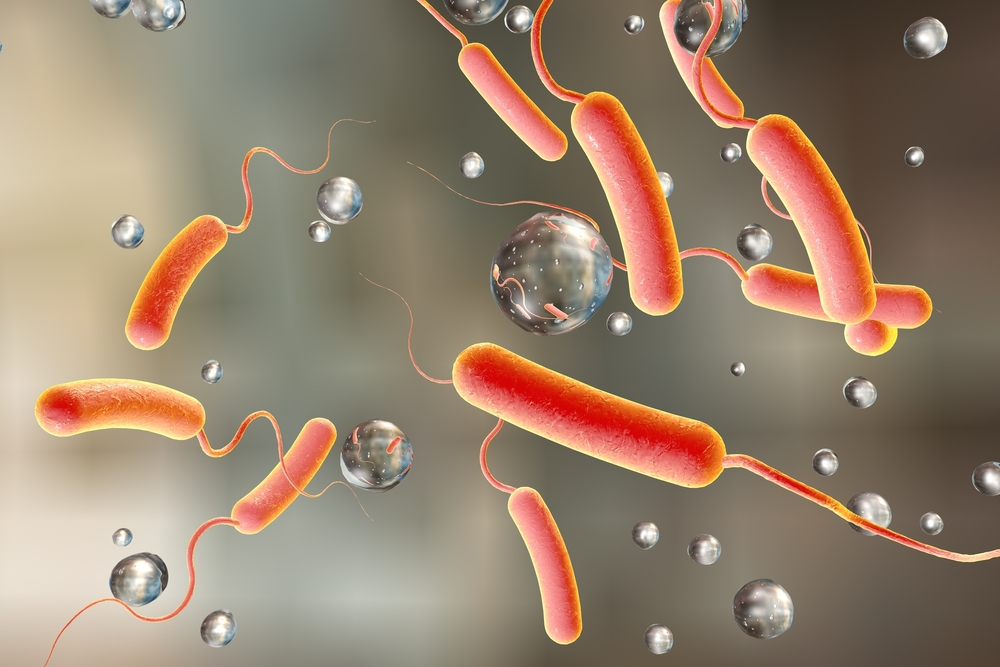Different means to the same end: How a worm protects its chromosomes
Researchers have discovered that a worm commonly used in the study of biology uses a set of proteins unlike those seen in other studied organisms to protect the ends of its DNA.

Researchers have discovered that a worm commonly used in the study of biology uses a set of proteins unlike those seen in other studied organisms to protect the ends of its DNA.
University of Michigan researchers have discovered that a worm commonly used in the study of biology uses a set of proteins unlike those seen in other studied organisms to protect the ends of its DNA.
In mammals, shelterin is a complex of proteins that "shelters" the ends of our chromosomes from unraveling or fusing together. Keeping chromosomes from fusing together is an important job: chromosomes carry our body's DNA. If chromosome ends fuse, or if they fuse with other chromosomes, the cell that houses these chromosomes dies.
But not all organisms use the same kinds of proteins to form shelterin. The worm C. elegans has been a powerful model for understanding many types of biological processes, says Jayakrishnan Nandakumar, U-M professor of molecular, cellular, and developmental biology.
Until recently, however, scientists had not identified the proteins that protect the double-stranded DNA ends of their chromosomes, called telomeres. In 2021, Nandakumar's collaborator Hiroki Shibuya and another group independently discovered that proteins in C. elegans, called TEBP-1 and TEBP-2, protected the worm's telomeric ends.
Still, researchers hadn't yet unraveled all of the mysteries of C. elegans shelterin. Proteins can have several parts to them, with each part performing a different function, Nandakumar says. These parts are called "domains," which are named after the function they perform. Researchers weren't sure which domain allowed one TEBP-1 or TEBP-2 molecule to bind to another copy of itself and then which domain bound the proteins to chromosome DNA to help protect it.
Now, Nandakumar and his team have identified the specific domains within TEBP-1 and TEBP-2 proteins that allow them to perform their biological functions. Their findings are published in the Proceedings of the National Academy of Sciences.
"There are different means to achieve the same end (the pun is intended). In other words, because of our focus on mammalian telomeres, we tend to bias ourselves in thinking 'our way' is the right way or the only way to solve problems in the cell," he said. "However, the C. elegans example shows us that there are multiple ways to solve the end protection problem and some of them might be quite different from how humans do it. But as long as they are effective, they are selected for in evolution."















































